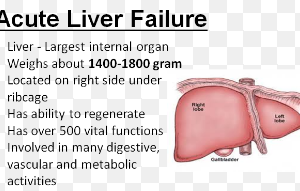Find out what the cut-off point is for when ejection fraction could be low enough to mean congestive heart failure.
People with congestive heart failure have a low ejection fraction, but does a low ejection fraction always mean congestive heart failure? How low is too low?
“The cut-off point where we would start to worry about why the patient’s heart function is being affected is usually below 50%,” says Dr. Sameer Sayeed, a cardiologist at ColumbiaDoctors of Somers, NY.
The ejection fraction simply refers to how much blood the heart pumps with each beat.
The percentage means what percent of the blood, that’s in the heart’s chambers, gets pumped out.
A cardiologist may explain this to a patient in terms of how much of a “squeeze” that the heart has with each beat.
EF is determined for the left ventricle and also for the right: two different figures.
“A normal EF is usually 55-60% or 60-65%, and an EF from 50-55% is generally considered low normal,” says Dr. Sayeed.
“We wouldn’t necessarily call it CHF (congestive heart failure) if the EF was below 50% unless they were having signs and symptoms of CHF like shortness of breath, unable to sleep flat, waking up at night with shortness of breath, or leg swelling, etc., but would call it a depressed EF,” continues Dr. Sayeed.
This can be a little tricky, though, if the patient is of advanced age and never exercises.
They may complain of shortness of breath after pushing a shopping cart full of groceries across a parking lot, loading the car’s trunk, then pushing the cart back.
Chances are, an 80-year-old is going to be short of breath after this.
Does this mean they automatically have congestive heart failure if their ejection fraction is under 50 percent, even as low as 35 percent?
The cardiologist needs to find out if there are other suspicious symptoms and what can explain those symptoms.
Did they have relatively recent coronary bypass surgery and recover fully from it, which might rule out heart disease causing symptoms?
Is an echocardiogram normal? Is a chest X-ray normal?
If yes to all these (and no other symptoms), the patient is most likely short of breath from exertion combined with old age and lack of aerobic exercise.
Athletes exist who have a low ejection fraction.
“An athlete could have a low EF if he had a known cardiomyopathy of some sort, but was able to train himself back to a high endurance level,” says Dr. Sayeed.
“This would be fairly uncommon, as most individuals with a low EF would not be able to be very athletic due to symptoms, unless they were very well-compensated and could deal with the low EF.”

Dr. Sayeed performs echocardiograms and stress tests at the Midtown Manhattan and Westchester offices at Columbia Doctors. He is also trained in cardiac CT imaging.
 Lorra Garrick has been covering medical, fitness and cybersecurity topics for many years, having written thousands of articles for print magazines and websites, including as a ghostwriter. She’s also a former ACE-certified personal trainer.
Lorra Garrick has been covering medical, fitness and cybersecurity topics for many years, having written thousands of articles for print magazines and websites, including as a ghostwriter. She’s also a former ACE-certified personal trainer.
.










































